15 Best Tips for Choosing the Right Brass Fittings for Your Project
Choosing the right brass fittings for your project is a crucial step that can significantly impact the efficiency and longevity of your plumbing or construction work. Brass fittings are renowned for their durability, corrosion resistance, and aesthetic appeal, making them a favored choice among professionals and DIY enthusiasts alike. However, navigating the vast array of options available in the market can be daunting. With numerous types, sizes, and specifications, selecting the most appropriate fittings requires careful consideration. In this guide, we will outline the 15 best tips to help you make informed decisions when choosing brass fittings, ensuring that you select the perfect components to meet your specific requirements and achieve the best results for your project. Whether you're working on a simple home improvement task or a complex industrial application, understanding the key factors involved will empower you to choose high-quality brass fittings that provide optimal performance and durability.
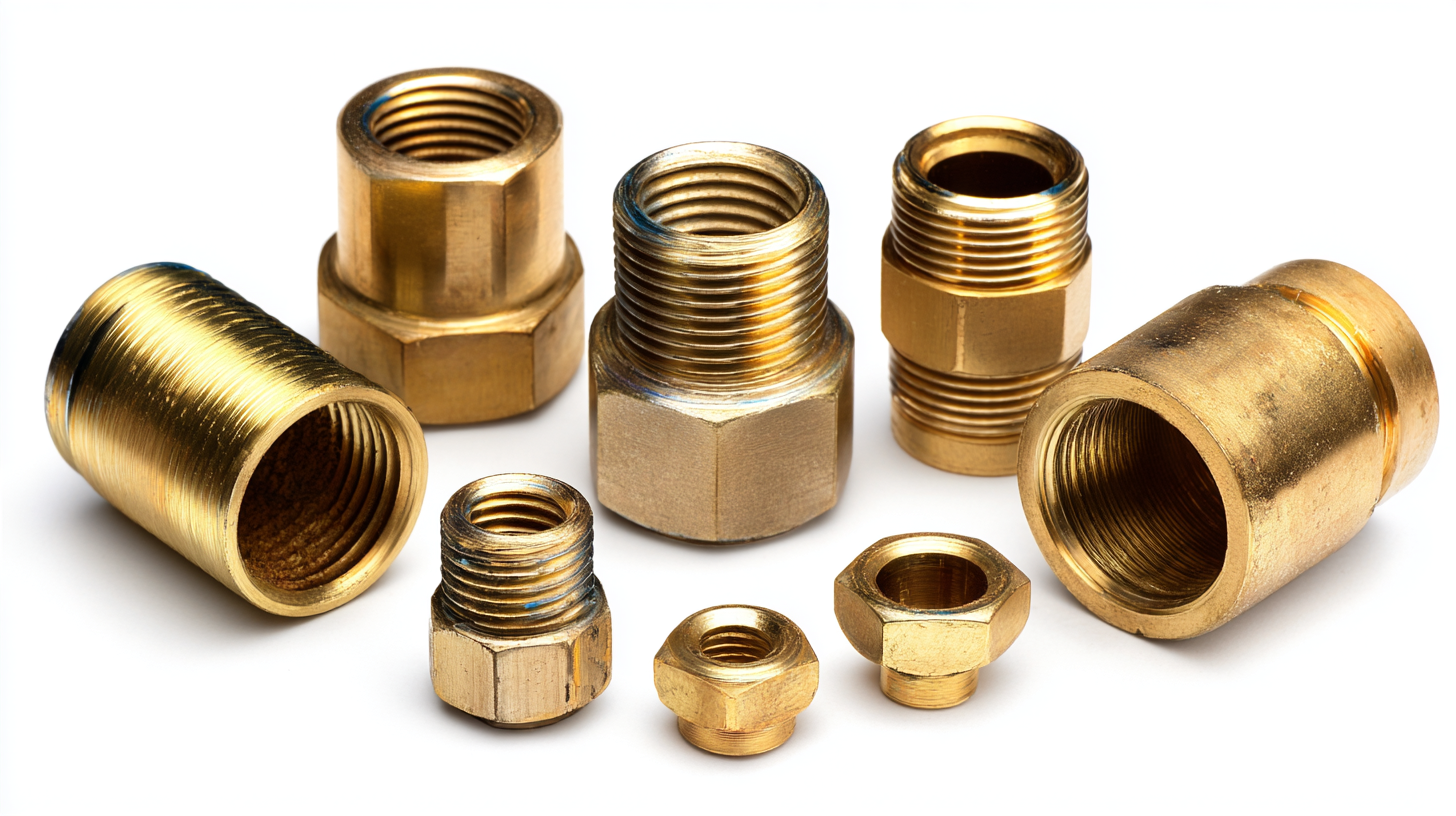
Understanding Different Types of Brass Fittings Available on the Market
When selecting brass fittings for your project, it's essential to understand the various types available on the market to ensure optimal performance and durability. Brass fittings can be classified into several categories, including compression fittings, flare fittings, and threaded fittings. According to a recent industry report by MarketsandMarkets, the global market for brass fittings is expected to grow significantly, driven by increasing demand in plumbing and HVAC applications, which highlights the importance of selecting the right fittings for specific uses.
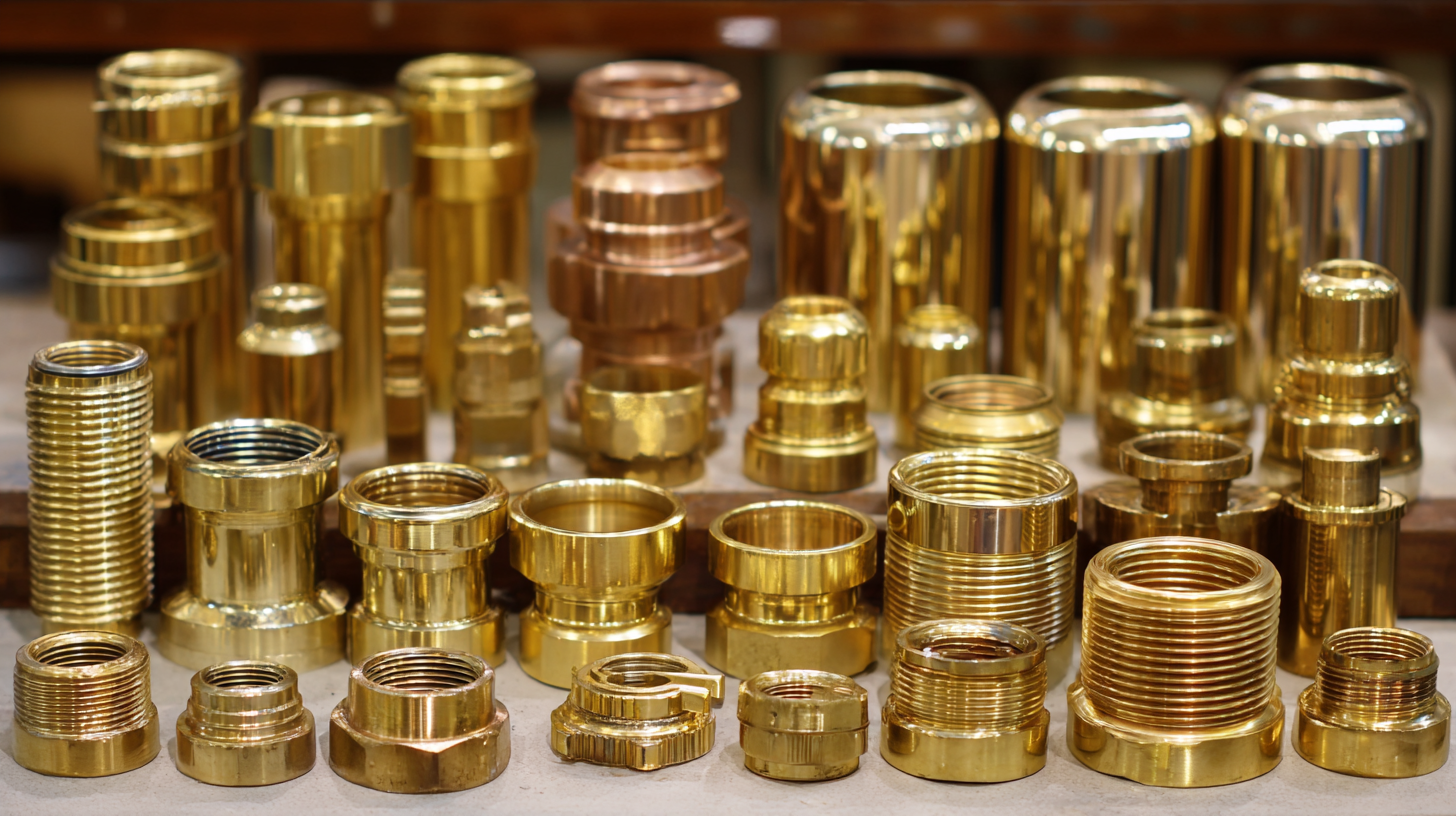
Compression fittings are often favored for their ease of installation and ability to create a tight seal without the need for soldering. These fittings are ideal for connecting pipes in water supply systems. In contrast, flare fittings are commonly used in high-pressure applications and are preferred in gas and refrigeration lines due to their superior leak resistance. Additionally, threaded fittings are widely utilized for their versatility in various pipe sizes and types, making them a popular choice in both residential and industrial settings. According to the Brass Industry Association, using the proper fitting type not only enhances the efficiency of the system but also significantly reduces the likelihood of leaks, which could lead to costly repairs and safety hazards.
Key Considerations for Sizing and Compatibility of Brass Fittings
When selecting the right brass fittings for your project, understanding sizing and compatibility is crucial. Brass fittings come in various sizes and configurations, making it essential to match your project’s requirements accurately. For optimal performance, consider the internal diameter of the fittings, as it directly influences flow rate and pressure drop. A report indicates that improper sizing can lead to a 15% decrease in system efficiency, emphasizing the need for meticulous selection.
Additionally, compatibility with other materials is vital. When mating brass fittings with non-brass components, ensure materials have similar thermal expansion properties to avoid leakage or damage. Studies suggest that incompatibility can cause significant wear and tear over time, affecting the longevity of your project.
**Tips:**
- Always check the manufacturer’s specifications for sizing to guarantee a secure fit.
- Utilize thread sealants to enhance compatibility and prevent leaks in mixed-material applications.
By paying attention to these considerations, you can effectively ensure that your brass fittings will perform as needed while prolonging the life of your installation.
15 Best Tips for Choosing the Right Brass Fittings for Your Project
Evaluating Quality and Durability of Brass Materials
When selecting brass fittings for your project, evaluating the quality and durability of the materials is paramount. High-grade brass is typically composed of a higher copper content, which enhances its corrosion resistance and strength. Look for specifications that indicate the brass alloy type, such as C36000 or C37700, as these are known for their excellent mechanical properties and longevity. Moreover, ensure that the fittings have been treated or coated to withstand specific environmental factors like moisture or extreme temperatures, which can significantly impact their lifespan.
In addition to material composition, assess the manufacturing process of the brass fittings. Quality fittings are often produced through precision machining and die casting, which ensures accurate dimensions and better performance. Check for standardized certifications, such as those from ASTM or ISO, as they can provide assurance of the fittings’ quality and adherence to industry regulations. Finally, it’s advantageous to read customer reviews and seek recommendations, as real-world feedback can highlight potential durability issues or advantages related to specific products, helping you make a well-informed choice for your project.
15 Best Tips for Choosing the Right Brass Fittings for Your Project - Evaluating Quality and Durability of Brass Materials
| Tip Number | Evaluation Criteria | Description |
|---|---|---|
| 1 | Material Composition | Ensure that the brass fittings are made of high-quality alloys such as ASTM B453 or C36000. |
| 2 | Corrosion Resistance | Check for corrosion-resistant properties like a good zinc content. |
| 3 | Pressure Ratings | Make sure the fittings can handle the pressure demands of your specific application. |
| 4 | Temperature Stability | Consider how well the brass can withstand temperature changes without deforming. |
| 5 | Plating Options | Evaluate if a protective plating is necessary for your environment. |
| 6 | Finish Type | Decide whether a polished or brushed finish suits your design needs. |
| 7 | Thread Standards | Check compatibility with industry standards like NPT or BSP threads. |
| 8 | Size Options | Ensure available sizes match your project requirements for fittings. |
| 9 | Testing Certifications | Look for fittings that have been tested and certified for quality assurance. |
| 10 | Manufacturing Process | Research if the manufacturer uses precision machining for quality fittings. |
| 11 | Pressure Drop Consideration | Evaluate the anticipated pressure drop based on fitting types. |
| 12 | Compatibility with Other Materials | Ensure compatibility with other materials used in your project to prevent galvanic corrosion. |
| 13 | Aesthetic Considerations | Consider the visual appeal of the brass fittings in relation to your overall project. |
| 14 | Cost vs. Value | Analyze the cost against the expected service life and performance of the fittings. |
| 15 | Warranty and Support | Inquire about warranty terms and customer support options from the supplier. |
Tips for Selecting the Right Finish and Style for Your Project
When selecting brass fittings for a project, choosing the right finish and style is crucial for both aesthetic appeal and functionality. According to a report by the Brass and Copper Alliance, the decorative properties of brass can enhance the overall look of plumbing fixtures and other hardware, increasing their appeal by up to 30% in residential applications. This corroborates the importance of matching finishes with the surrounding decor to create a cohesive design.
Style selection also plays a significant role in ensuring that the brass fittings not only perform well but also meet the design requirements of the space. For instance, projects that lean towards a vintage aesthetic may benefit from a distressed or antique finish, which has been shown to resonate well with homeowners looking to achieve a classic look. Moreover, a survey by the American Institute of Architects noted that 58% of architects prioritize style compatibility when recommending fixtures for both new builds and renovations. Hence, understanding the nuances of finish options—such as polished, brushed, or matte—and their stylistic implications is essential in making informed decisions.
Budgeting for Brass Fittings: Balancing Cost and Quality
When embarking on a project that requires brass fittings, understanding how to balance cost and quality is essential. According to a report by the Copper Development Association, while brass fittings generally offer durability and resistance to corrosion, their prices can vary significantly based on the quality of the material and manufacturing processes. For instance, high-quality forged brass fittings can cost up to 40% more than their cast counterparts, but they often provide better performance and longevity, making them a worthwhile investment in the long run.
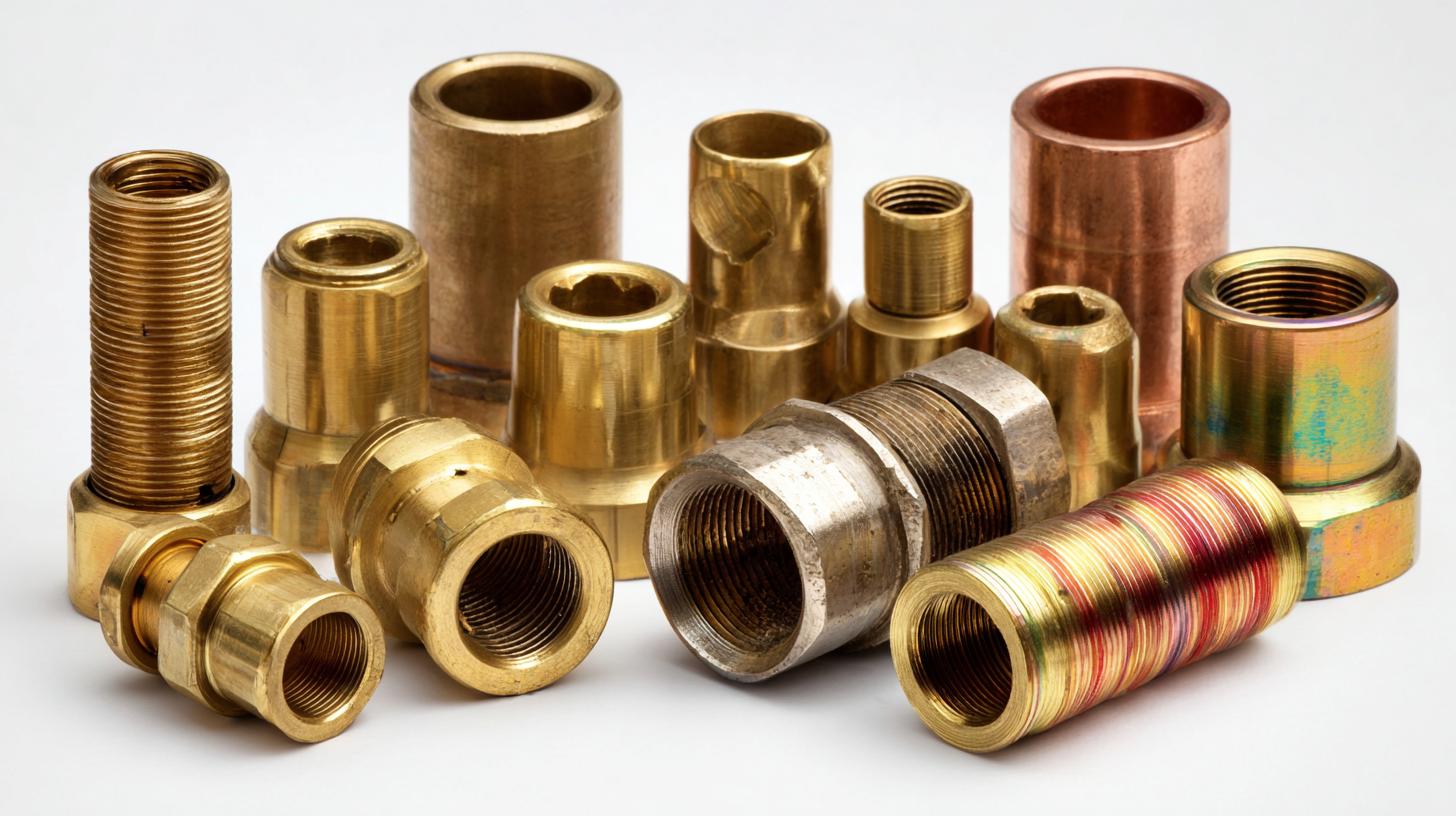
Budgeting effectively involves not only comparing prices but also understanding the potential lifecycle costs associated with lower-quality options. A study by the Plumbing Manufacturers International (PMI) indicates that choosing premium brass fittings can reduce maintenance costs by as much as 30% over five years due to fewer leaks and failures. This highlights the importance of selecting fittings that not only fit within your immediate budget but also align with your project's long-term goals regarding durability and reliability. Therefore, investing in quality brass fittings might require a higher upfront cost but ultimately saves money and resources over time.
Related Posts
-

Ultimate Guide to Choosing the Right Pressure Washer Hose for Your Cleaning Needs
-
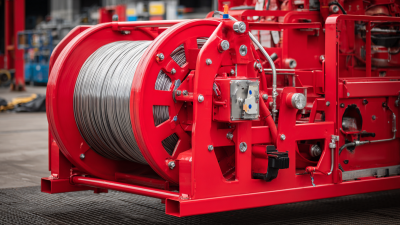
Why Choosing a Heavy Duty Hose Reel Can Boost Efficiency by 30% in Industrial Settings
-

The Definitive Ultimate Guide to Pressure Regulators: Unlocking Consistent Performance and Efficiency
-
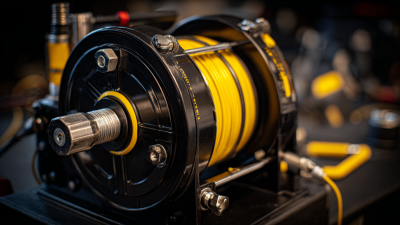
7 Essential Tips to Maximize Efficiency with Electric Hose Reels: Boost Your Productivity by 30%
-
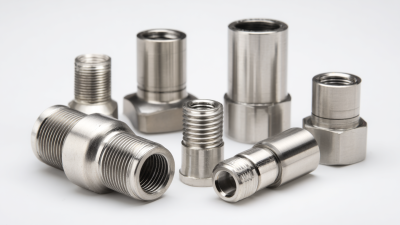
How to Choose the Right Stainless Steel Fittings for Your Project
-

How to Choose the Right High Pressure Hose for Your Specific Applications